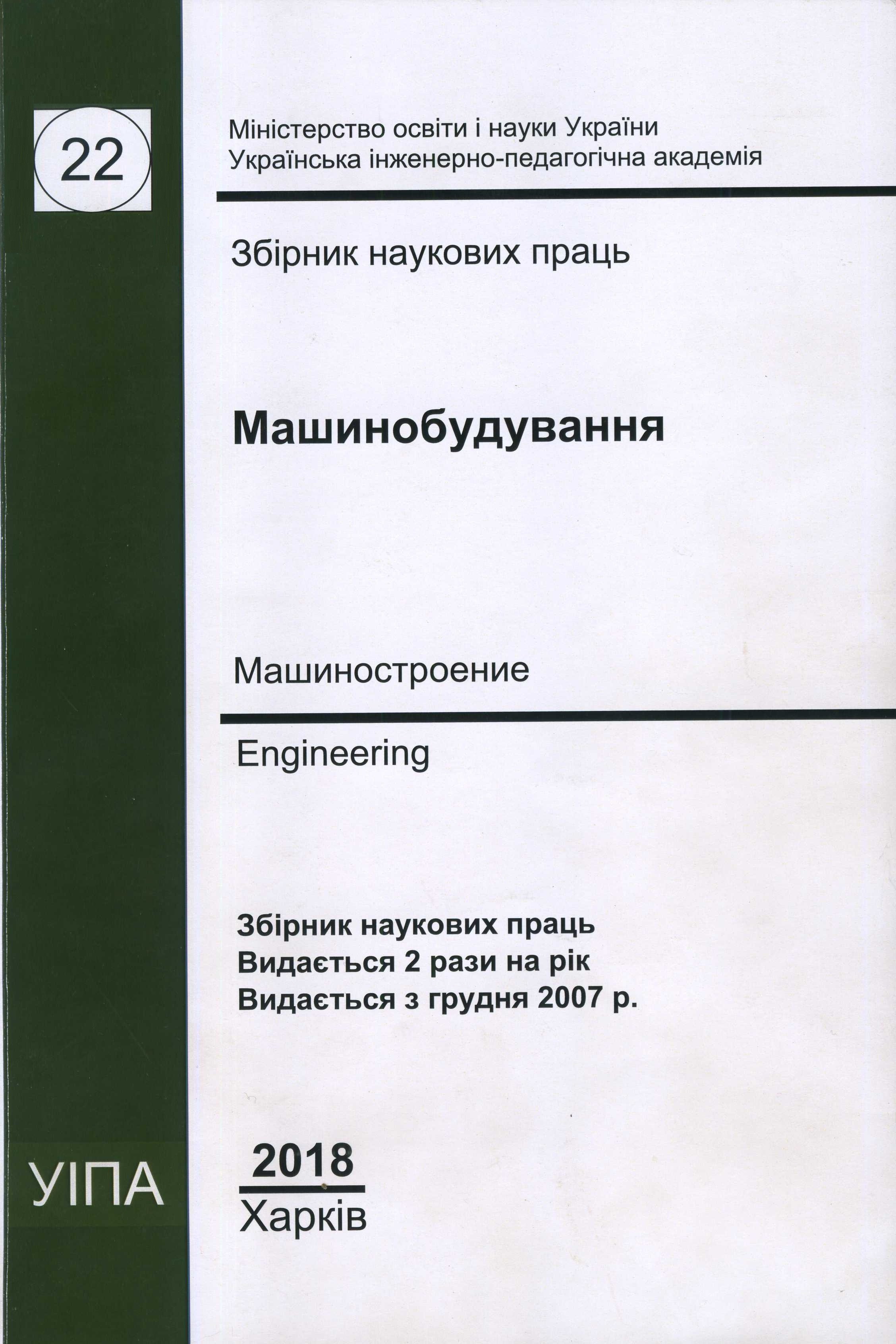Method of calculating the absorbed dose of a movable irradiated object by accelerated electrons
Abstract
DOI 10.32820/2079-1747-2018-22-142-147
The article provides an example of the use and effectiveness of radiation technologies in
various sectors of industrial activity. The advantages of radiation technologies such as: increased
processing performance, reduced energy consumption, savings of raw materials and materials, reduced environmental pollution, compliance with environmental standards, low operating costs, high
economic indicators. It was proposed to carry out biological cleaning of working clothes from microorganisms using accelerated electrons.
The necessity of using numerical simulation in radiation technologies is determined and
substantiated. A mathematical dependence of the absorbed dose of a moving object has been obtained, which will make it possible to calculate the technological regimes of the process of radiation
sterilization of biologically infected material of special clothing.
Downloads
References
Alimov, A 2011, PraMicheskoe primenenie jeleMronnyh uskoritelej, Moskva.
Dikij, N, Dovbnya, A, Skakun, N & Uvarov, V 2001, ‘Ispolzovanie uskoritelej v geologii, medicine, pro- izvodstve izotopov i atomnaja jenergetika’, Problemy atomnoj nauki i tehniki, no. 1 (37), pp. 26-35.
Scharf, W 1989, Particles accelerators applications in technology and research, Research Studies Press Ltd., New York.
Zabaev, V 2008, Primenenie uskoritelej v nauke i promyshlennosti, Tomskij politehnicheskij univesitet,
Tomsk.
Zimek, Z, Walis, L & Chmielewski, A 1993, ‘EB Industrial Facńity for Radiation Sterilization of Medical
Devices’, Radiation Physics and Chemistry, vol. 42, pp. 571-572.
American National Standards Institute 2006, Sterilization of health care products Radiation Part 1: Re- quirements for development, validation and routine control of a sterilization process for medical devices, ISO 11137-1: 2006, American National Standards Institute, Arlington.
Allison, J, Amako, K, Apostolakis, J, Araujo, H, Dubois, P, Asai, M, Barrand, G, Capra, R, Chauvie, S, Chytracek, R et al, 2006, GEANT4 developments and applications’, IEEE Transactions on Nuclear Science, no. 53 (1),
pp. 270-278.
Morgunov, V, Cherniak, E & Didenko, N 2015, ‘Chislennoe modelirovanie opredelenija radiacionno- zashhitnyh pokazatelej materialov dlja sozdanija rabochej odezhdy’, Komunalne hospodarstvo mist, no. 120 (1), pp. 42- 49.
Berger, M, Coursey, J, Zucker, M & Chang, J 1998, Stopping-power and range tables for electrons, protons, and helium ions, NIST Physics Laborator.

